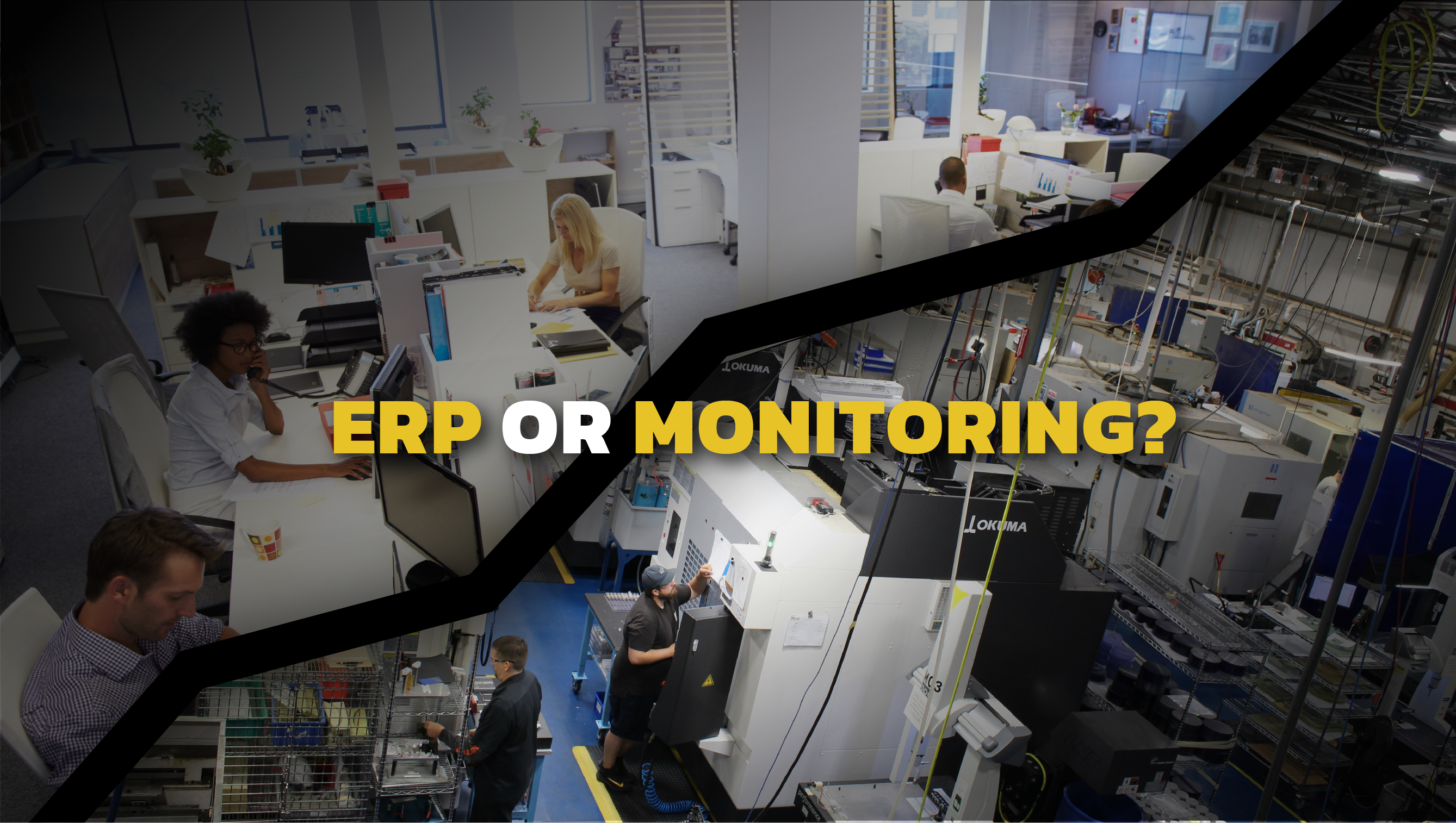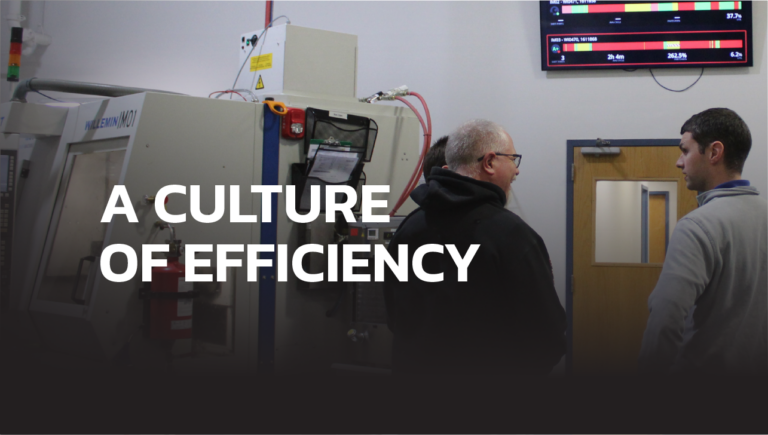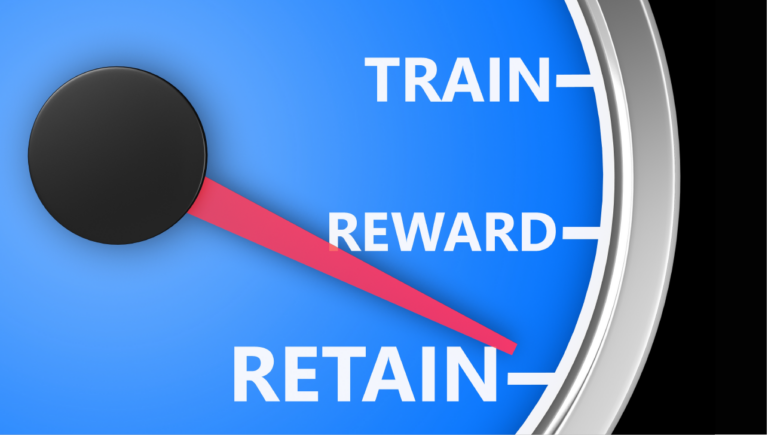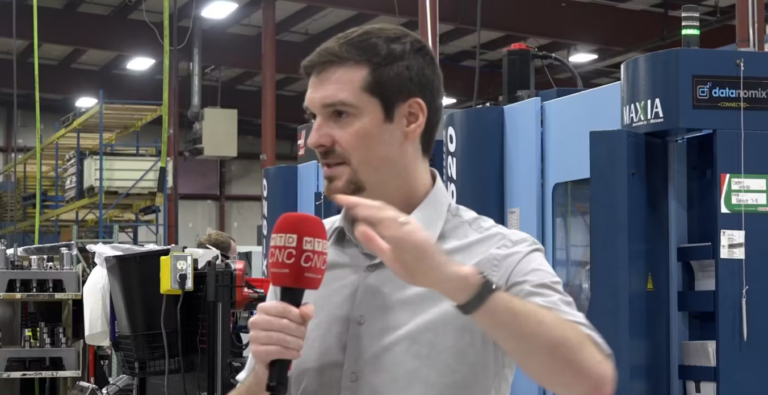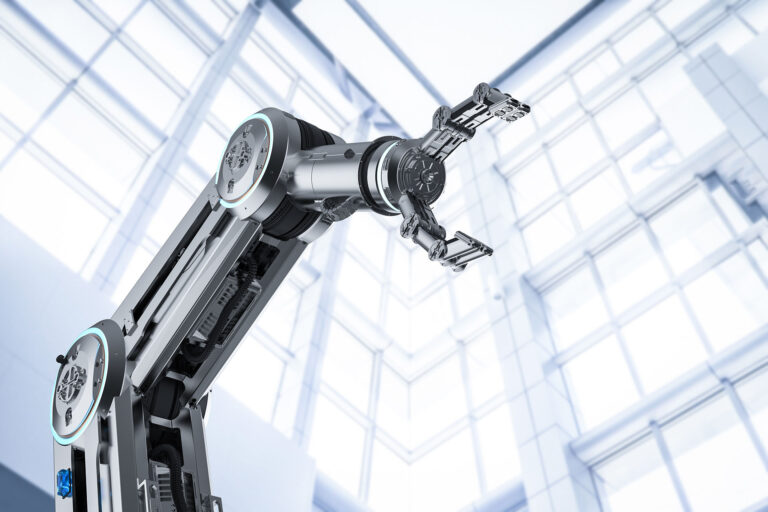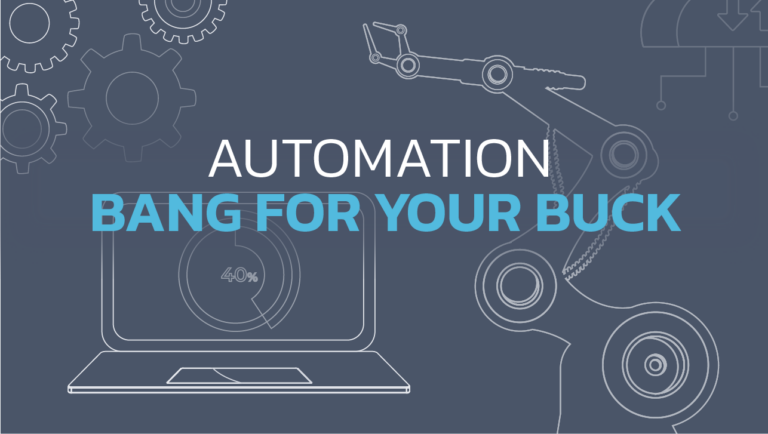ERP or Production Monitoring Software? Which Do You Need?
Many people think having an ERP or production monitoring software is an “either / or” question, but each solution solves a specific set of challenges related to the management and performance of your shop. They also complement each other really well to help maximize shop floor productivity.
ERP Software: It’s All About Labor and Work Orders
Enterprise Resource Planning (ERP) systems provide material and inventory management, labor tracking, work order management, and financial reporting. These systems are for top-down planning and execution through the allocation of labor and creation of work orders. The labor plan and work order estimates then have to be reconciled against human clock-in/clock-out data to see if things are on track. The information pulled from ERP systems is always backward-looking. It is available at end of the shift or end of the day and is based on what your team self-reported. The data used for production assumptions are usually best-estimates, or historical “gut feels”, rather than based on actual production results. This built-in inaccuracy makes it risky to use this information for accurate decision planning. This is why a lot of manufacturers experience schedule chaos and a gap between what they thought their profit would be, and what it actually is. It’s ironic that the precision machining industry relies on imprecise information.
Monitoring Software: It’s All About Production Performance
Good production monitoring software provides real-time insights into machine productivity, job performance, and helps continuous improvement efforts by scoring current performance against goals. Production monitoring shows what’s really happening on the shop floor because the data is pulled directly from your machines. Monitoring provides a level of detail and immediacy that helps shops identify inefficiencies and opportunities for improvement on the fly. The best monitoring solution doesn’t require any operator input to run. Access to the insights from monitoring should be available to everyone on the production floor. Best practice is to broadcast it across TVs, mobile phones, your existing tablets, and laptops. This type of production monitoring empowers people to intervene when things are off-target – minimizing the impact to production goals.
ERP and Monitoring: Two Great Things that Go Great Together
Like the Reese’s Milk Chocolate Peanut Butter Cup Commercial from the 70’s, combining the two creates something a lot of people love. If the assumptions in your ERP are your business plan, then data from your monitoring system is your P&L statement. Using both means your business process calculations include actual data rather than “best guesses”. Your monitoring system calculates and displays accurate cost and profitability numbers for production parts as compared to your business assumptions.
Having an ERP manage the business side and monitoring software to analyze actual production performance, give you the ability to achieve levels of efficiency and productivity that are impossible using one or the other. ERP’s role in labor and inventory management is important, but it falls short when it comes to actual machine utilization, downtime, and real-time job performance tracking. ERP data is also a poor choice when making important capital equipment, labor allocation, and job quoting decisions. Monitoring fills that gap by starting with the unfiltered truth from your machines, and tying it back to your business objectives and goals.
Picking the Best Options for Your Business
All software is not created equal. Carefully choosing the right ERP System and Production Monitoring software for your shop can save you a lot of time, aggravation, and money. Here’s a few pointers for comparison shopping.
You can also check out real-life stories of people who switched from other monitoring solutions to Datanomix Production Monitoring. Datanomix plays well with ERP systems. This Press Release provides details around the integration between ProShop ERP and Datanomix.
Leveraging both an ERP for business management and machine monitoring for production efficiency, can give your business a competitive edge and more money in the bank.
